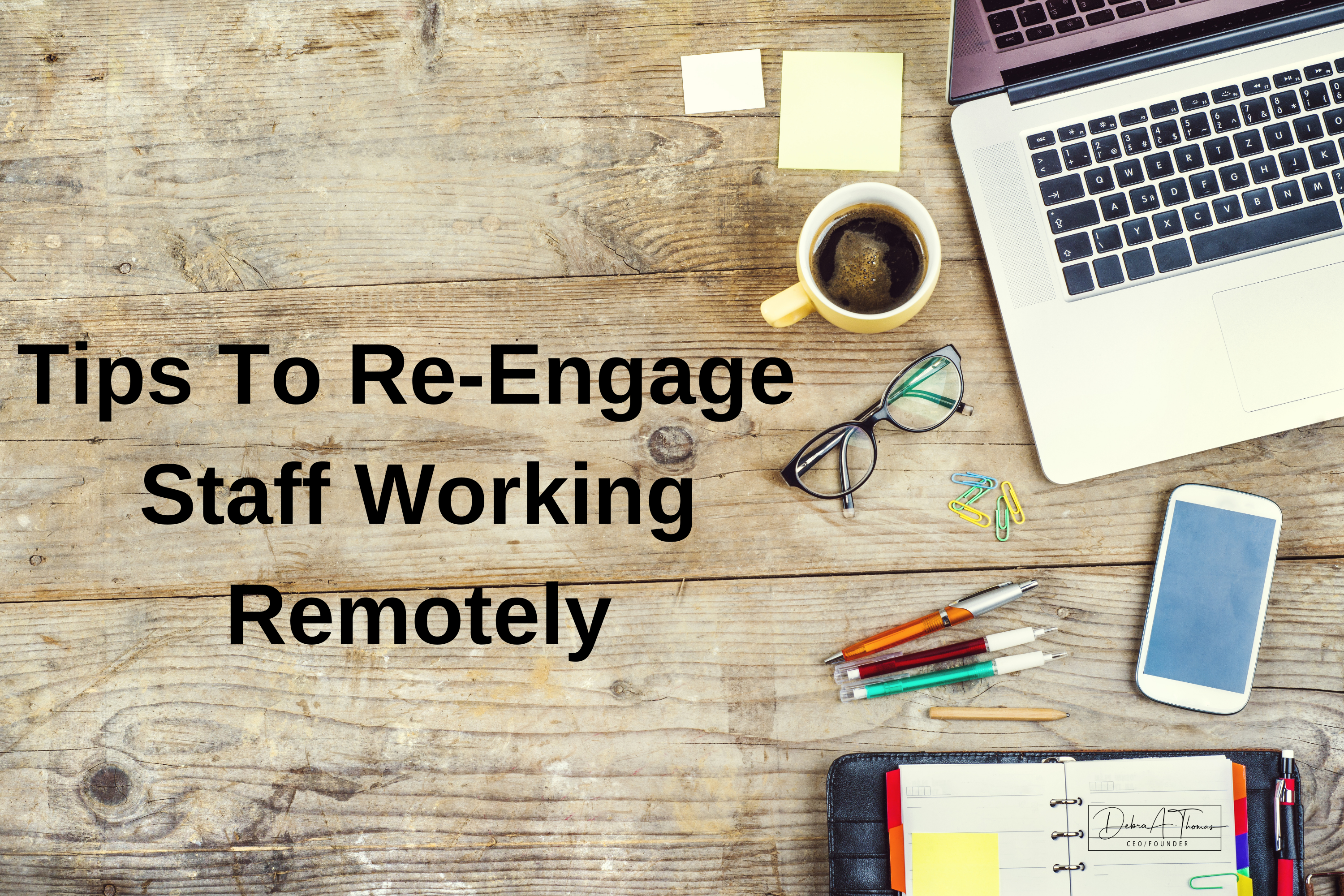Love it or hate it, working remotely is likely to remain a reality for some time to come. A fairly common challenge, now that people have had time to settle into new workflows, is that more employees may be struggling to keep up. How you handle that situation is important—to your employee, to you, and ultimately to your entire team. Here are some tips to help prevent and deal with underperformance:
Set up clear expectations. Like many things, communicating expectations can be tricky when you’re unable to speak to people in person, so it’s important to be very clear and make sure you’re understood. It’s helpful to list expectations and prioritize them and connect them to the big picture by showing how they add value to your team’s and organization’s goals.
Get to know people individually. Especially with people you’ve never worked with in person, make a real effort to get to know them, and begin building a relationship. Find out what motivates and inspires them, who they are, and where they’re from, what their home situation’s like, what they’re passionate about outside of work.
Manage how you give feedback. When people are struggling, brutal and direct feedback doesn’t work, and that’s even more true remotely. People become defensive or shut down, so the problem is still in place—and now the lines of communication are closed. Some better ways: relate and share (“Here are three things that really work for me in those situations”), question and analyze (“What was the thinking that led to that decision?”). Empower people` by allowing them to tell you what they’re struggling with instead of you telling them.
Ask how you can support them. If you suspect an employee needs help, ask them directly, “How can I support you? What do you need?” And then listen to what they say. It may be as simple as “The time we meet is the worst time for me to be present” or as complex as “I don’t think I can get this done without some additional resources.” Let them know you understand and respect what they say, and then do what you can to help.
Serve as a coach. When you help people learn for themselves, they grow and gain self-confidence. Switch hats sometimes and act as a coach—ask questions and guide them in finding their own way. Ask questions like “What did you learn?” and “How did things get better?”
Stay connected. Even in the best of times, it can be hard to stay connected. And working remotely compounds the difficulty. Make it a priority, and keep a toolkit of simple ways to connect—a Zoom call, a quick text or email, even a handwritten note.
It’s not easy to work with an employee who’s not performing well, especially when you can’t sit down face to face and talk from the heart. But using these specific road-tested techniques can help you strengthen others and improve your leadership.
Lead from within: Invest in your people as you invest in your organization. Let people know they matter to you, especially when they are struggling.


